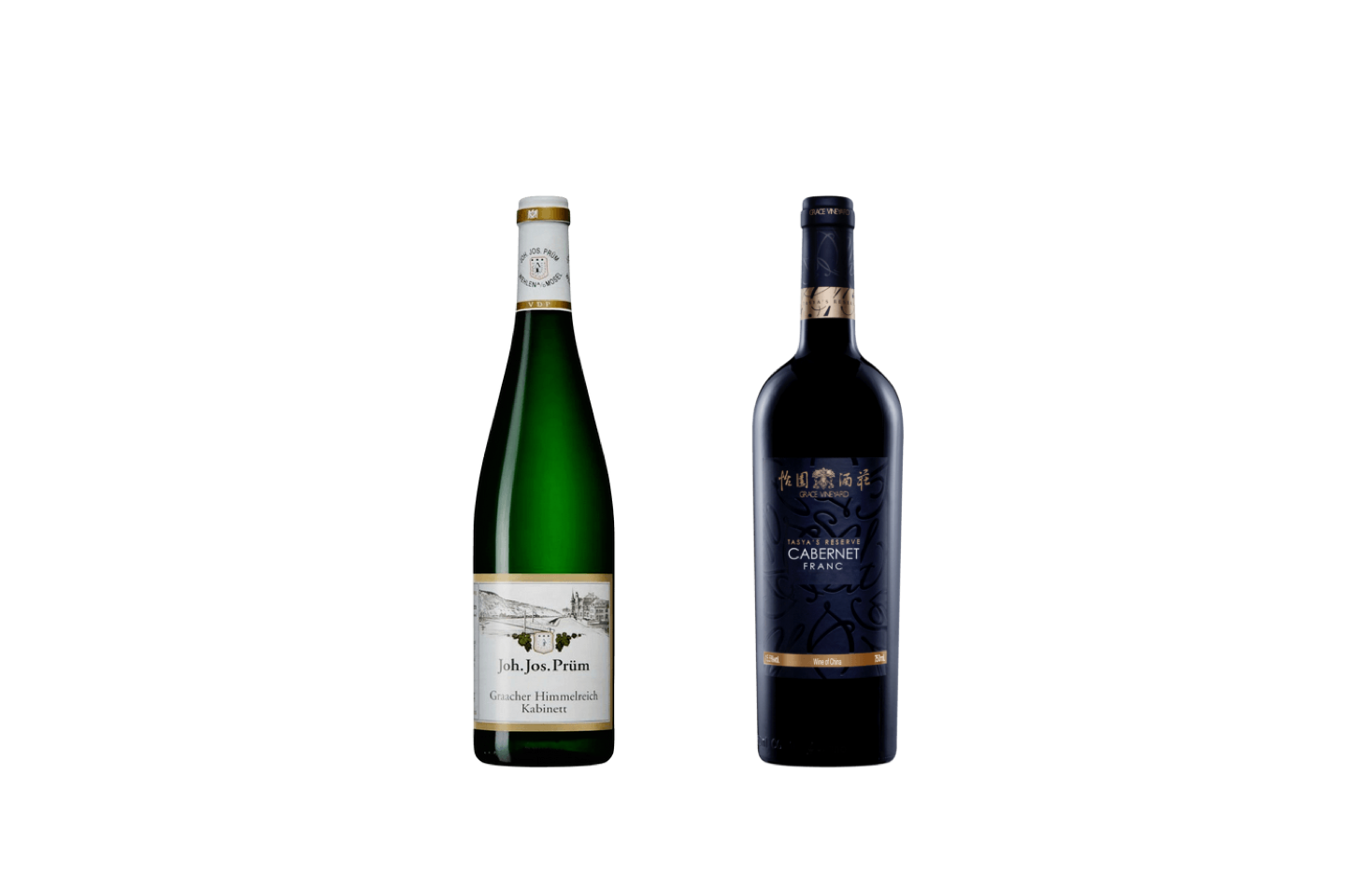Summary
The pages of great literature liberally flow with tales of wine. William Shakespeare, Leo Tolstoy, James Joyce and Ernest Hemmingway lovingly wrote of wines. As spotlighted in today’s iDEAL feature story, one of China’s greatest literary treasures, the classical novel “Romance of Three Kingdoms” also mentions wines.
In the novel, the principal characters heat the wines before serving. During the end of the Han Dynasty (206 BC-AD 220), when this classic was set, heating wine was a fairly common practice. This was also true in ancient Greece and Rome, as well as adding honey and other flavors to cover flaws in wine. Today, modern winemaking eliminates the need to heat or add flavors to wines but modern wines still remain remarkably temperature sensitive.
Temperature is a huge culprit in ruining wines. Getting the temperature right helps ensure an optimal drinking experience; conversely, getting the temperature wrong ruins everything. Serving a wine too cold will hide its exuberance and intrinsic beauty, but not all is lost as over the ensuring minutes the wine will warm to the ideal temperature. Nowadays the best way to hide flaws in inferior wines is to chill them about 3-6 degrees Celsius below the normal serving temperature. The lower temperature will miraculously cover the blemishes and in all likelihood give you a more enjoyable, if not perfect, drinking experience.
The greatest temperature gaffe is serving red wines too warm. This not only commonly happens in Shanghai but also in the wine capitals of Europe. When a red is served too hot, the alcohol, acids and tannins become more aggressive, the aroma and flavor components distort, and the wine becomes flat, jammy and lifeless. In other words, the wine is ruined.
To the detriment of their wines, drinkers have long followed the adage that white wines should be served chilled while reds should be served room temperature. This is only half true. The standard for red wines being served room temperature was established over a century ago in northern Europe when room temperatures averaged around 15-16 Celsius. The professional standard used in wine competitions and professional tastings is 18 Celsius or lower for reds, between 8-10 for dry whites and 6-8 for sweet wines. No wine is more temperature-sensitive than the reds of Burgundy. This is particularly true of the lower priced wines.
At the top of the Burgundy quality pyramid are the Premier and Grand Cru wines that are more concentrated, intense, complex and persistent. Not surprisingly, they’re also quite expensive and that alone disqualifies them from this week’s column.
The most popular basic Burgundy red wine is called Bourgogne AOC or Bourgogne Pinot Noir AOC. These reasonably-priced wines are made with Pinot Noir grapes that can come from anywhere within Burgundy. They tend to be the lightest and most affordable of red Burgundies and wonderful companions to lighter foods and snacks or can even be enjoyed by themselves.
A step-up in classification is a Villages level red Burgundy. These wines are also 100 percent Pinot Noir but come from a specific area in Burgundy. Though slightly more concentrated and complex than the Bourgogne AOC reds, most these wines are still quite light and fresh.
When discussing inexpensive Burgundy reds, a more obscure wine also deserves mention. The name Passetoutgrain literally means “pass all grapes” and while it may not be easy to enunciate, the wines themselves are eminently easy to drink.
Unique among the wines of the region, Bourgogne Passetoutgrains are a blend of grapes with Gamay usually comprising the majority, Pinot Noir making up at least 30 percent and up to 15 percent Chardonnay, Pinot Blanc and/or Pinot Gris thrown in. The result is a pleasingly light, fresh and fruity wine with vivacity. Like all inexpensive styles of wines in Burgundy there’s just as much bad as good so finding a good Passetoutgrains wine isn’t always easy, but it’s always well worth the effort.
Budget-friendly Bourgogne AOC, Villages level Burgundy and Passetoutgrains red wines are wonderful wines for traditional Chinese meals where all types of dishes, including fish are served together. They pair well with fish because of their good acidity and low iron content. I often serve young Burgundy reds with Cantonese and Taiwanese dishes as the freshness of the wines accentuates the freshness of the ingredients and delicate flavors of the dishes while also adding an overall elegance to the meal.
The best way to ensure good results when buying a AOC, Villages level or Passetoutgrains red Burgundy is to stick to top producers that put the same passion and care into their inexpensive wines as they do their top wines.
Some of the best producers with wines in Shanghai are: Yvon & Chantal Contat-Grange, Thierry Mortet, Dubois and Francois Feuillet.
Because these red wines are light charmers rather than age-worthy heavyweights, it’s best to enjoy them relatively young. In general, I recommend wines no older than three to four years old, as these recent vintages are more likely to retain their lively fruitiness and youthful exuberance.
It’s also important to chill the wines before serving. An ideal serving temperature is about 14-15 degrees Celsius. Using more than just a little artistic license, I can imagine the “Romance of the Three Kingdom” wine-drinking characters Cao Cao and Liu Bei generously imbibing fresh Burgundy red wines and instead of heating the wines, they’re using an ice-bucket.





